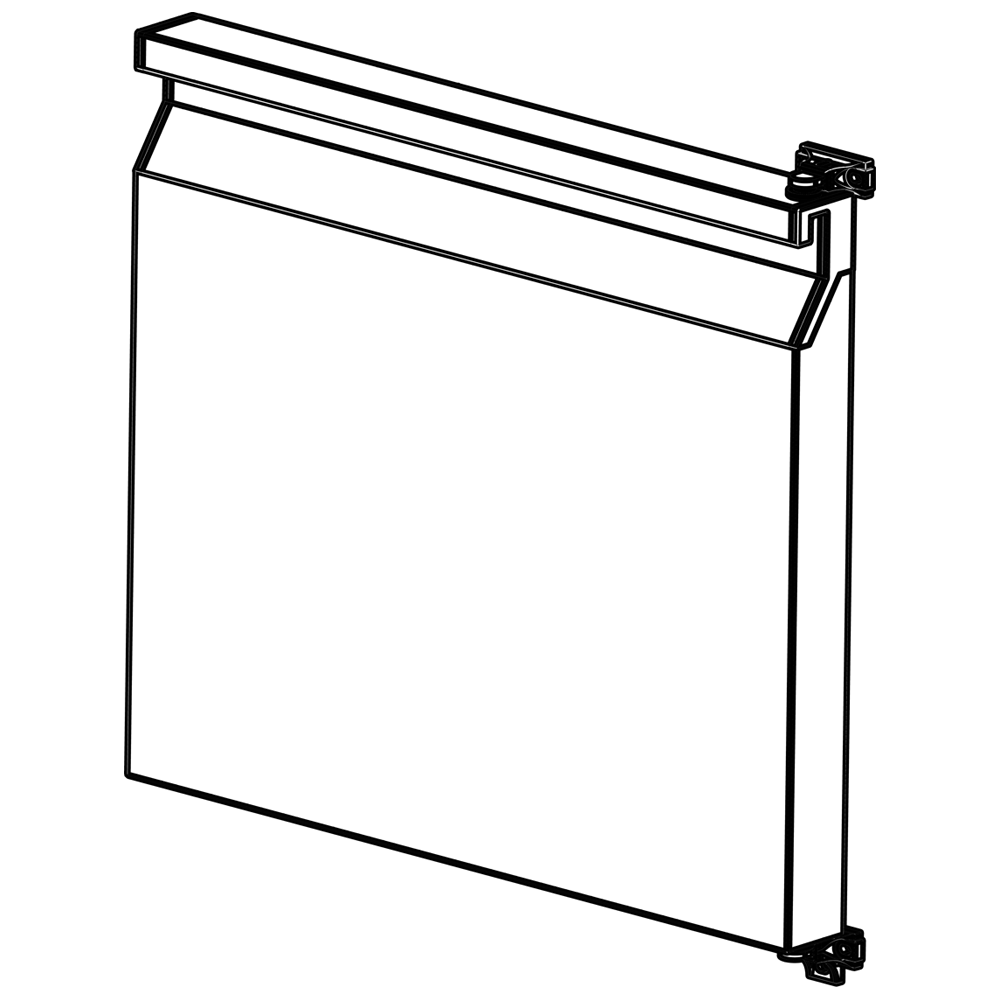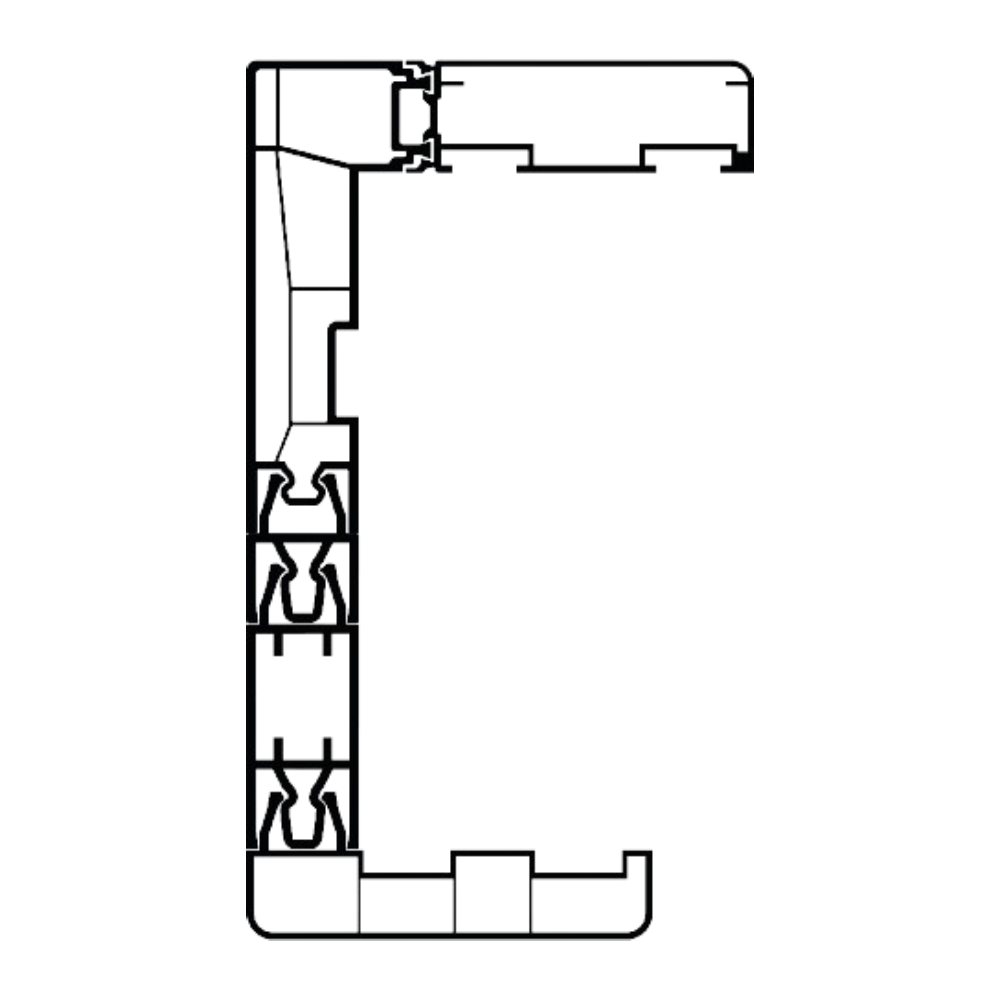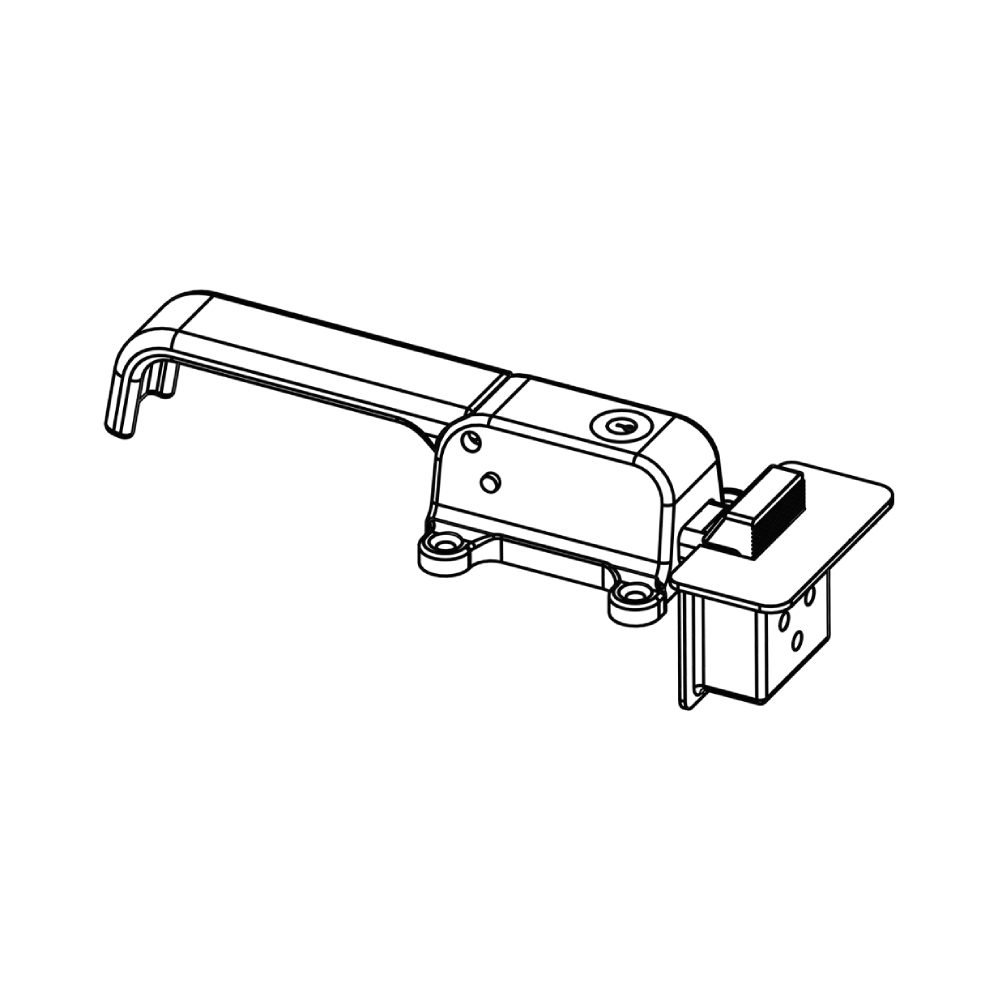Cold Room PVC Curtain
Definition and Purpose of Cold Room PVC Curtains
Cold room PVC curtains are flexible insulation solutions used in industrial refrigeration systems, cold storage facilities, and environments requiring precise temperature control. These curtains are placed at the entry-exit points or internal partitions of cold rooms to prevent temperature loss, enhance energy efficiency, and support hygiene standards. Their primary purpose is to minimize air movement in areas with frequent access, maintaining stable internal temperatures. They play a critical role in preserving product quality and reducing operational costs, particularly in the food, pharmaceutical, and logistics industries. PVC curtains typically consist of transparent or semi-transparent polyvinyl chloride (PVC) strips. Their flexible structure facilitates personnel and vehicle passage while preventing cold air from escaping and warm air from entering. Curtains can be manufactured in various thicknesses (e.g., 1.5 mm to 5 mm) and widths, depending on the application and temperature requirements of the room. For instance, thicker strips are preferred for blast freezing rooms operating at -20°C or below, while thinner strips are used in standard cold rooms between 0°C and 5°C. Additionally, curtains reduce dust, dirt, and microorganism ingress, forming a hygienic barrier, which is particularly important in the food and pharmaceutical sectors.
PVC curtains typically consist of transparent or semi-transparent polyvinyl chloride (PVC) strips. Their flexible structure facilitates personnel and vehicle passage while preventing cold air from escaping and warm air from entering. Curtains can be manufactured in various thicknesses (e.g., 1.5 mm to 5 mm) and widths, depending on the application and temperature requirements of the room. For instance, thicker strips are preferred for blast freezing rooms operating at -20°C or below, while thinner strips are used in standard cold rooms between 0°C and 5°C. Additionally, curtains reduce dust, dirt, and microorganism ingress, forming a hygienic barrier, which is particularly important in the food and pharmaceutical sectors.
Technical Specifications and Structural Advantages
Cold room PVC curtains are designed to meet the needs of high-performance refrigeration systems. The strips are made from high-quality PVC materials resistant to low temperatures, maintaining flexibility even at -50°C. This feature ensures that curtains in extreme conditions, such as blast freezing rooms, operate without tearing or hardening. The transparent or semi-transparent structure maintains visibility, enhancing worker safety and facilitating operational processes.
Mounting systems are typically made of stainless steel or aluminum and are resistant to corrosion in humid, cold environments. Rail systems allow easy attachment and removal of strips, streamlining maintenance. Curtains can reduce energy loss by 30-40%, a significant advantage in large-scale cold rooms. Some models use double-layered strips or overlapping designs to further enhance insulation performance.
PVC strips are resistant to UV rays, chemical cleaners, and abrasion, offering significant advantages in environments requiring frequent cleaning, such as the food industry. Their flexible structure adapts to various movements, from forklifts to pedestrian traffic, and quickly returns to its original shape. Additionally, some curtains are designed with antistatic properties, preventing static electricity in sensitive environments with electronic devices.
Sectoral Use and Application Areas
Cold room PVC curtains are widely used in industries where energy efficiency and hygiene are critical. In the food industry, curtains in cold rooms storing meat, fish, dairy, and frozen goods prevent temperature loss, preserving product freshness. For example, in a meat processing facility, curtains in high-traffic areas prevent cold chain disruptions and enhance product safety.
In the pharmaceutical industry, PVC curtains form a hygienic barrier in cold rooms storing vaccines, blood products, and other sensitive medical supplies, preventing dust, dirt, and microorganisms from entering and supporting strict hygiene standards. In cold chain logistics, curtains provide a quick and practical solution for maintaining stable temperatures during transportation and temporary storage in mobile cold rooms.
In commercial kitchens, restaurants, hotels, and supermarkets, curtains provide energy savings and allow rapid personnel access. For instance, in a supermarket’s back storage, curtains enhance operational efficiency in areas with frequent personnel and cart movement. In high-hygiene environments like laboratories and clean rooms, the easy-to-clean structure and antimicrobial coatings of curtains offer significant advantages.
Benefits of Cold Room PVC Curtains
Cold room PVC curtains offer multifaceted benefits to businesses. Energy Efficiency: Curtains maintain stable internal temperatures, significantly reducing energy loss. Even with frequent door openings, curtains block airflow, allowing refrigeration systems to operate less, potentially reducing energy costs by 20-30% in large-scale facilities.
Fast and Safe Access: Transparent or semi-transparent strips allow visibility, reducing collision risks during forklift or pedestrian movement. Their flexible structure ensures quick closure after passage, maintaining airtightness.
Hygiene and Sanitation: PVC strips have smooth surfaces that are easy to clean and prevent bacterial or mold growth, ensuring compliance with sanitation standards in the food and pharmaceutical industries. Antimicrobial-coated models elevate hygiene further.
Durability and Longevity: PVC materials resistant to low temperatures and heavy use ensure long-lasting performance. Stainless steel or aluminum rails prevent corrosion in humid environments, reducing maintenance costs.
Aesthetics and Customization: Transparent, semi-transparent, or colored options add a modern look to cold rooms. Custom sizes and thicknesses ensure compatibility with various cold room designs and business needs.
Production Process and Material Options
The production of cold room PVC curtains requires precise engineering and quality control. Production begins by considering the cold room’s dimensions, temperature range, and purpose. PVC strips are manufactured via extrusion and cut to desired thickness, width, and length. Special chemical formulations ensure flexibility and durability at low temperatures, ideal for blast freezing rooms at -40°C.
Mounting rails, typically made of stainless steel or aluminum, are coated to resist corrosion. Some curtains are coated for resistance to UV rays or chemical cleaners. During production, strips are tested for transparency, flexibility, and durability to minimize tearing or deformation risks. Quality control ensures compliance with international standards (e.g., ISO or CE).
Material selection varies by application. In the food industry, antimicrobial-coated strips are preferred, while logistics warehouses use thicker, durable strips. Colored strips may be used for zone identification or aesthetics, such as red strips to mark hazardous areas.
Curtain Types and Varieties
Cold room PVC curtains are produced in various types to meet diverse needs:
-
Standard PVC Strip Curtains: 2-4 mm thick, transparent or semi-transparent, commonly used in general-purpose cold rooms.
-
Double-Layered Curtains: Use two layers of strips for higher insulation, preferred in blast freezing rooms.
-
Colored Curtains: Used for aesthetics or zone identification, available in blue, red, or yellow.
-
Antistatic Curtains: Prevent static electricity in rooms with electronic devices.
-
Custom-Sized Curtains: Produced for specific projects to fit large or small cold rooms.
-
Magnetic or Sliding Rail Curtains: Designed for easier passage, used in large warehouses.
This variety ensures solutions tailored to different industries, expanding the curtains’ applications.
Installation and Maintenance Recommendations
Proper installation of cold room PVC curtains is critical for maximizing performance. Installation must align perfectly with the cold room’s entrance dimensions. Professional installation ensures optimal sealing and aesthetics. Strips should be aligned to accommodate various movements, from forklifts to pedestrians.
For maintenance, PVC strips should be regularly cleaned with hygienic cleaners. In the food industry, strips resistant to chemical cleaners are recommended. Strips should be periodically checked for wear or tears and replaced as needed. Mounting rails should be inspected for corrosion and replaced if rusted, ensuring curtains remain hygienic and functional.
Production and Sectoral Dynamics in Turkey
Turkey has a robust industry for producing cold room PVC curtains. Local companies offer high-quality, cost-effective solutions, competing in domestic and international markets. For instance, some Turkish manufacturers produce antimicrobial-coated curtains for the food and pharmaceutical sectors, while others provide durable, thick strips for logistics. Companies offer detailed catalogs and technical support to meet customer needs. Turkey holds a significant position in exports to Europe and the Middle East.
Future Technological Developments
Cold room PVC curtains are continually evolving with technological innovations. Smart curtains equipped with sensors can monitor temperature and humidity, optimizing energy efficiency. Eco-friendly, recyclable PVC materials contribute to sustainability goals. Antimicrobial coatings elevate hygiene standards. Automatic sliding or sensor-based curtain systems enhance operational efficiency in large warehouses. In the future, thinner yet highly insulating strips could further improve energy savings, offering significant advantages for cost-conscious businesses.








